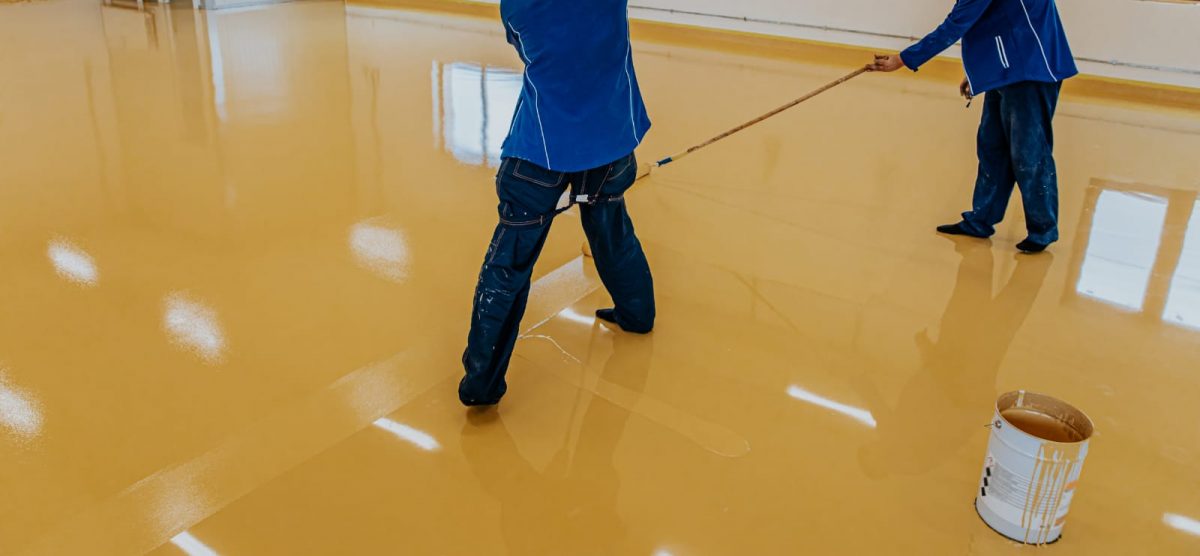Blog

Tips for Preparing Epoxy Resin Mix
Mixing epoxy resin entails considerably more than simply combining two components. Some elements must be considered, such as ambient temperature, humidity, and product selection. The following points will help you get much closer to a perfect result.
The ideal Mixing Ratio
To begin, when mixing epoxy resin, keep in mind that the resin can have varied mixing ratios depending on the manufacturer. Before you begin mixing, carefully read the manufacturer’s directions for mixing on the container.
Mixing by Volume rather than Weight
To ensure accurate measurement, the measuring cup’s scale should have the lowest useful increments feasible.
Humidity’s Role in Processing
The hardener, like the resin, reacts to air contact in the same way that the resin does. As a result, if the humidity in the air exceeds 65%, you should keep the hardener container closed.
Mixing the Components with Caution
Thorough mixing of the resin and hardener is required to provide an appealing, usable product later on. There is a chance of incompletely cured, sticky patches in the resin if you do not mix properly.
The Best Tool for Component Mixing
Straight sides are required for the best instrument for mixing resin and hardener. This allows you to thoroughly mix even material that adheres to the bottom and sides of the mixing container.
Use only high-quality epoxy resins.
When purchasing epoxy resin, it is usually worthwhile to invest in a high-quality product, even if you are tempted by low-cost resins.
Never mix Epoxy Resin with Water.
As long as the resin is still liquid, it should not be exposed to moisture. Even if the water content is very low, this could have a negative impact on the completed product’s quality.
Use enough large containers
When mixing epoxy resin, use appropriately large containers. Chemical processes generate heat. The intensity of this reaction is determined by the resin, the amount mixed, and, most importantly, the height of the mixing container.





